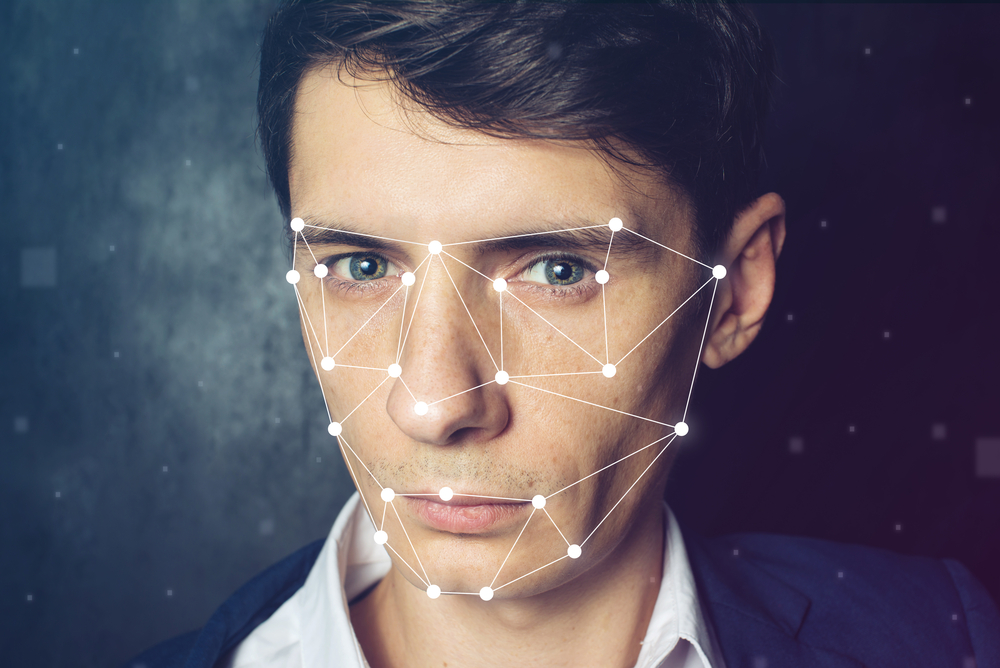Question: How long can an image of one's face be used to accurately identify that person?
As Mission: Impossible moviegoers know from seeing Ethan Hunt and other fugitives chased all over the globe, computer-driven facial recognition is an essential tool for law enforcement. Hundreds – if not thousands – of images flash across the screen in a matter of seconds, and then the identify of the elusive perpetrator becomes known.
OK, now that's Hollywood's version of how this scientific instrument is applied.
In the real world, however, government agencies and customs officials on every continent rely on facial recognition – and that fact raises the issue of the reliability of the photos in their databases. So, as security continues to play a heightened role for us all, it's worth asking: When does an image stop being accurate enough to use?
The answer is approximately 6.5 years, according to the results of a new study from Michigan State University.
 Researchers, led by biometrics expert Professor Anil Jain, studied the mugshots of more than 23,000 people arrested for repeated offenses, with the requirement of analyzing at least four different images of the same person over a five-year span. Photos shot over decades were also included in the study. They used these particular photos because they are voluminous, and were shot over time under similar circumstances.
Researchers, led by biometrics expert Professor Anil Jain, studied the mugshots of more than 23,000 people arrested for repeated offenses, with the requirement of analyzing at least four different images of the same person over a five-year span. Photos shot over decades were also included in the study. They used these particular photos because they are voluminous, and were shot over time under similar circumstances.
"Mugshot databases are the largest source of facial aging photos available with well-controlled standards to ensure the photos are uniform," according to a statement released by the university. "These are the largest facial-aging databases studied to date in terms of number of subjects, images per subject and elapsed times."
Professor Jain's team called the endeavor the first of its kind.
"To the best of our knowledge, no proper statistical analysis has yet been conducted for studying face recognition performance on a large population over periods of time longer than five years," the authors wrote in their paper titled, "Longitudinal Study of Automatic Face Recognition," recently published in the journal IEEE Transactions on Pattern Analysis & Machine Intelligence.
The team found that when state-of-the-art facial recognition systems utilized images that were up to six years old, 99 percent of subjects could be positively identified. But after six years, accuracy began to wane. Researchers also pointed out that depending on an individual's health, lifestyle and genetic makeup, some aged faster than others, complicating the task.
Given the premium being placed on security worldwide, the findings may prove useful to law enforcement sooner than later, at the very least by highlighting the limitations of current facial recognition technology.
" 'This research shows the importance of capturing new images every four to five years to reduce the number of false positives or chance of not finding a candidate in a facial recognition search due to length of time between captures,' " said Pete Langenfeld, manager in the Biometrics and Identification Division at the Michigan State Police, who was quoted in the statement. " 'Criminal acquisition is dependent on the number of times a person is arrested, as the majority are not required to update their image.' "

